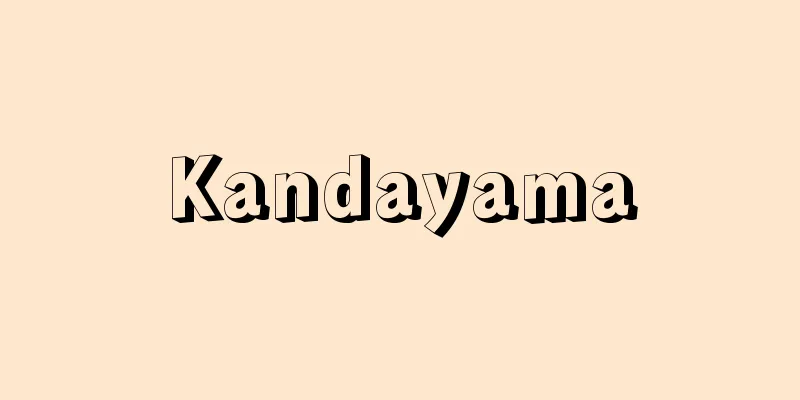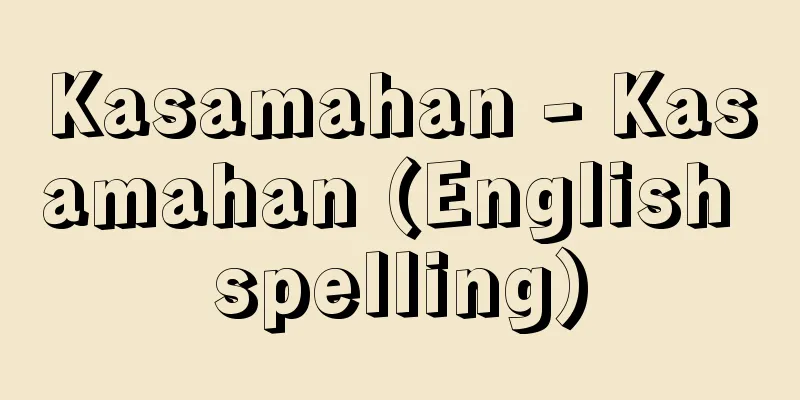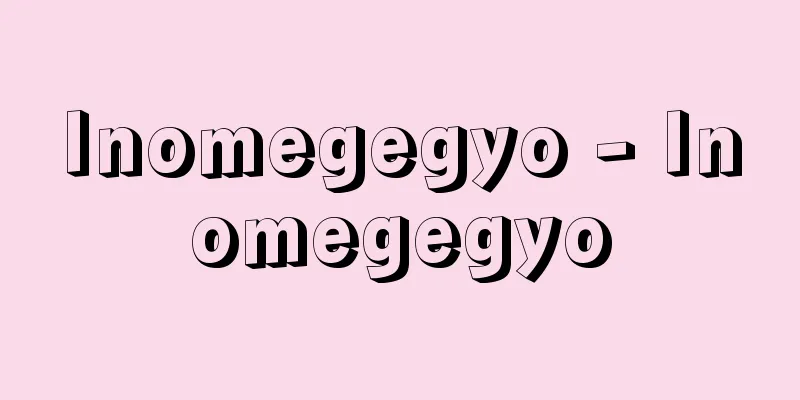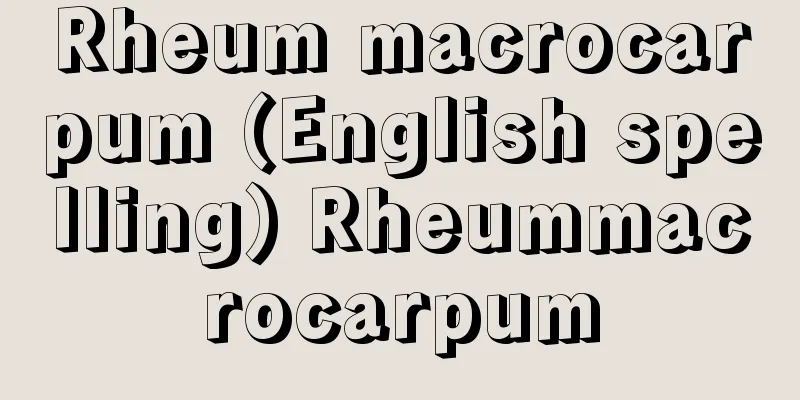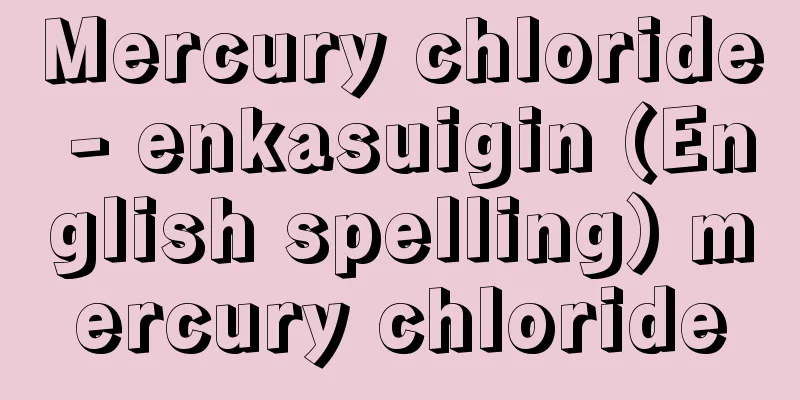Malay - Mareego
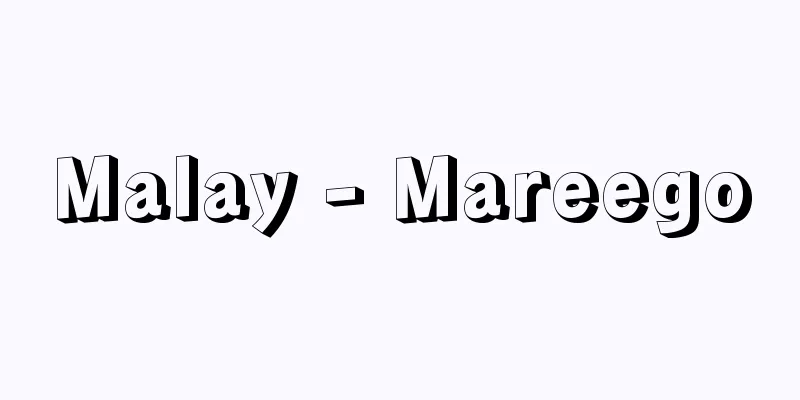
|
Austronesian language spoken in the Malay Peninsula and Indonesia. Malaysia (15 million), Singapore (3 million), and Brunei (250,000) call it "Malaysian," while Indonesia's national language is "Bahasa Indonesia" (160 million). The percentage of native speakers of Malay is 80% in Brunei, 45% in Malaysia, 15% in Singapore, and 7% in Indonesia, but Malay has been the common language for several centuries among speakers of the region's 300 languages, including Javanese (60 million) and Sundanese (20 million). The oldest inscription (683) in South Indian script was discovered in Sumatra. Documents of "Classical Malay" from the 16th century onwards were written in Arabic script, which became the standard for written language until the middle of the 20th century. The areas under Dutch and British rule were established in the 19th century, and the language was romanized in the Dutch or British style depending on the region, but since 1972, a common spelling has been used. The following letters indicate phonemes. Consonants are p, b, t, d, c [tf], j [dʒ], k [k,ʔ], g, s, h, l, r, m, n, ny [ɲ], ng [ŋ], and foreign sounds are f, v, z, sy [ʃ], kh [x], semivowels are y, w, and vowels are i, e [e,ə], a, o, u. Words include open syllabic words such as mata (eye) and closed syllabic words such as rumput (grass). Derivation of words by prefixes and suffixes is common. (Example: kejar (chase) → berkejar (-kejar)an (chase each other). Only fossilized infixes remain. Nouns and verbs do not indicate gender, number, person, tense, etc. by their form. Words are arranged as subject + verb + object (e.g. Harimau makan babi. "tiger-eat-pig" i.e. "the tiger ate the pig" or "the tiger eats the pig"). There were many counters in Classical Malay, but now there are only three. [Hiroshi Sugita] Source: Shogakukan Encyclopedia Nipponica About Encyclopedia Nipponica Information | Legend |
|
マレー半島およびインドネシア地域で話されるオーストロネシア系言語。マレーシア(1500万人)、シンガポール(300万人)、ブルネイ(25万人)のものを「マレーシア語」、インドネシアの国語を「インドネシア語」(Bahasa Indonesia、1億6000万人)とよぶ。人口に対する、マレーシア語を母語とする者の割合は、ブルネイ80%、マレーシア45%、シンガポール15%、インドネシア7%であるが、ジャワ語(6000万人)、スンダ語(2000万人)など、大小300ほどもあるといわれるこの地域の諸言語の話者の間で数世紀にわたって共通語となってきたのがマレー語である。南インド系の文字による最古の碑文(683)がスマトラ島で発見されている。16世紀以来の「古典マレー語」の諸文献はアラビア文字で書かれ、20世紀なかばまでの書きことばの標準となった。オランダ、イギリスによる支配地域が19世紀に確定し、地域によってオランダ式、イギリス式のローマ字化が行われてきたが、1972年から、共通のつづりが用いられることとなった。次に文字で音素を示す。子音はp,b,t,d,c[tf],j[dʒ],k[k,ʔ],g,s,h,l,r,m,n,ny[ɲ],ng[ŋ]、ほかに外来音としてf,v,z,sy[ʃ],kh[x]、半母音はy,w、母音はi,e[e,ə],a,o,uである。語にはmata「目」のような開音節語、rumput「草」のような閉音節語がある。接頭辞、接尾辞による語の派生が盛んに行われる。(例:kejar「追いかける」→berkejar(-kejar)an「追いかけ合う」)。接中辞は化石化したものが残るにすぎない。名詞、動詞は、性、数、人称、時制などを形で示さない。語の配列は主語+動詞+目的語である(例:Harimau makan babi.「虎(とら)―食べる―豚」すなわち「虎が豚を食べた」あるいは「虎は豚を食べる」)。助数詞は古典マレー語には多かったが現在は三つである。 [杉田 洋] 出典 小学館 日本大百科全書(ニッポニカ)日本大百科全書(ニッポニカ)について 情報 | 凡例 |
>>: Malekula Island (English spelling)
Recommend
Newlands
British chemist. He entered the Royal College of ...
Oshirasawa Mountain - Oshirasawasan
…It was designated a special natural monument in ...
Prince Takaoka
Born in 799, Kyoto [Died] Jōgan 7 (865)? The third...
Postscript - Note
A term used in paleography. In documents that rese...
Cedrus libani (English notation) Cedrus libani
…[Hiroshi Aramata]. … *Some of the terminology th...
Bruegel, J.
…Flemish painter. Commonly known as Bruegel the E...
Anatolian carpets - Anatolian carpets
...The center of carpet production at that time s...
respiratory root
…Some species, such as the Podostemaceae, lose th...
International monetary system
A general term for the monetary system of the inte...
Welker, KT - Welker
…He defended individual freedom from the standpoi...
Wittig rearrangement
...In carbonium ion systems, carbon atom groups a...
pratyabhijñā (English spelling) pratyabhijna
...The reason we are struggling in this delusiona...
Satoko Kawase
Born: September 3, 1873 in Kumamoto [Died] August ...
Phoca fasciata; ribbon seal
The spotted seal is a member of the genus Phocidae...
Box lacrosse
…The rules are slightly different for women. Box ...
